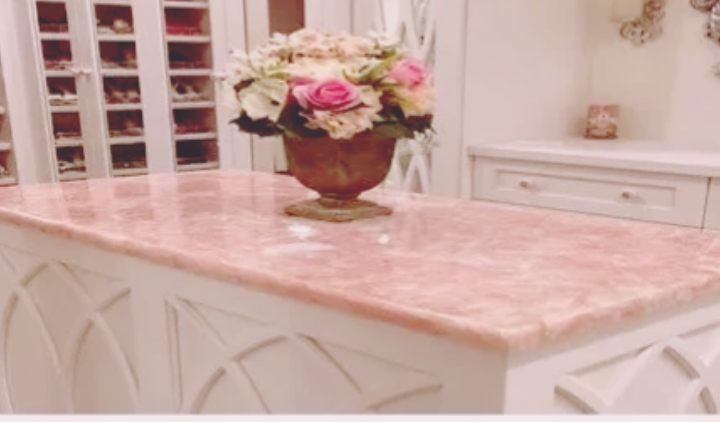Table of Contents
Introduction Of Quartz
Silica makes up the hard, crystalline mineral known as quartz. Chemical formula of quartz is SiO2. With each oxygen being shared between two tetrahedra, the atoms are connected in a continuous framework of SiO4 silicon-oxygen tetrahedra. After feldspar, quartz is the second most common mineral in the continental crust of the planet.

All types of rock, including igneous, metamorphic, and sedimentary, contain it. Quartz resists weathering both chemically and physically. The resistant quartz grains are concentrated in the soil, rivers, and beaches when quartz-bearing rocks are weathered and eroded. The quartz and white or pink feldspar that make up the white sands commonly found on beaches and in riverbeds are the principal constituents.
Detailed Description
Our most prevalent mineral is quartz. The two chemical elements that are found in quartz the most are silicon and oxygen. Tetrahedra are formed when silicon and oxygen atoms come together. These can be stacked to create crystals. Even a little crystal requires the construction of billions of tetrahedrons. Quartz is a chemical substance with almost entirely unchanging physical characteristics.
About 13% of the land area and 21% of the Earth’s crust are made of quartz. The majority of the crustal rocks that are still present are rich in silicate minerals, which also contain additional elements like silicon and oxygen.
Uses Of Quartz
Quartz is used to make countertops. It can be kitchen countertop or table countertop. Quartz are available in various color combinations. Rose quartz and clear quartz are most popular in United States Of America. Quartz also used to make electronic’s equipments.
Advantages Of Quartz
- Quartz is available in various colors.
- Quartz is strong and highly durable.
- It is easily available in the local market.
- It is not much expensive.
